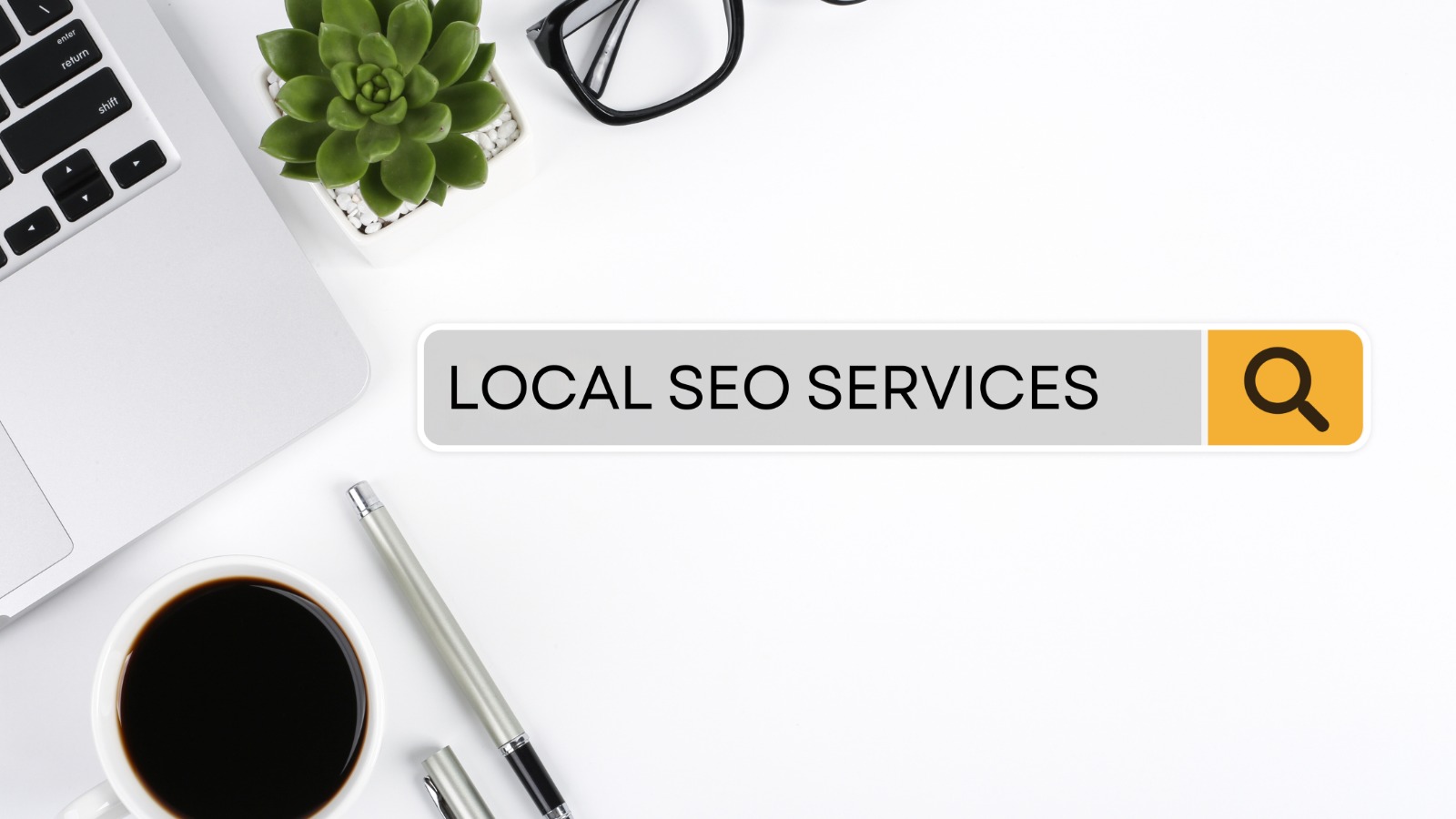Are you a direct-to-consumer (D2C) business owner looking to boost sales for your e-commerce business?
If so, you’ve likely considered using online advertising to reach potential customers faster and increase your online sales.
Two of the most popular platforms for digital advertising in India are Meta (Facebook) Ads and Google Ads.
In this blog post, we’ll explore the key differences between these two advertising channels and help you determine which one is best suited for your e-commerce business.
Table of Contents
ToggleMeta (Facebook) Ads Vs Google Ads
Why You Should Use Meta (Facebook & Instagram) Ads for E-commerce Brand?
![Facebook Ads Vs Google Ads for E-commerce [2024 Edition] 1 image](https://purplemediamarketing.in/wp-content/uploads/2024/06/image.png)
Meta Ads for e-commerce also provide a range of features tailored to D2C businesses:
Meta Product Catalog:
Meta Product Catalog is a tool by Meta where you can create, manage, and showcase your products with Meta Ads on Instagram and Facebook.
Dynamic Product (Catalog) Ads:
These automatically promote products to people who have expressed interest on your website, in your app, or elsewhere on the internet.
You can promote all your products or choose a particular category to promote in different campaigns.
Custom Audiences:
This feature enables you to target specific groups of people based on their interactions with your website, app, content on your Facebook Page and Instagram account, or if you have a big customer list.
Once your users interact with your business, you can simply create a remarketing audience list and then promote your products to them.
Since they already know you, their possibility of purchasing from your website is higher than the cold audience.
Lookalike Audiences:
With this feature, you can reach new people who are likely to be interested in your products because they’re similar to your existing customers.
Why You Should Use Google Ads for E-commerce Brand?
![Facebook Ads Vs Google Ads for E-commerce [2024 Edition] 2 image 1](https://purplemediamarketing.in/wp-content/uploads/2024/06/image-1-1024x504.png)
Google Ads for ecommerce offers several key features that can help D2C businesses drive sales:
Google Merchant Center:
Just like Meta Product Catalog, Google Merchant Center is also an amazing tool by Google that allows you to create, manage, and showcase your products on Google’s shopping properties.
You can simply create a GMC account and add your products. Once approved, you can promote your products as organic or pay via Google Product Feed.
Google Shopping Campaign:
These ads allow you to showcase your products with images, prices, and store names directly on Google and YouTube search result pages.
Remarketing Ads:
Let’s talk about a cool feature that can help boost your e-commerce sales at a lower cost.
With this remarketing feature, you can display ads to people who have already engaged with your business in some way – whether they’ve visited your website, subscribed to your YouTube channel, interacted with your ads, or you have a custom customer list.
It’s a great way to remind them about products they checked out but didn’t end up buying.
Performance Max Campaign:
If you’re looking to boost sales for your e-commerce business, P-Max campaigns could be just what you need.
These campaigns are all about helping you achieve your specific goals, in your case, it’s driving more sales for your e-commerce store.
And you know what the best part is?
P-Max uses the power of Google AI to constantly fine-tune your campaign across different channels, from bidding to audience targeting and creative content.
Plus, with unified reporting and less manual work needed, you can focus on growing your business even more.
Search Ads:
These appear at the top of Google search results and can be targeted to users based on their search queries.
How do Targeting Options Work for Google Ads and Meta Ads?
Google Ads Targeting:
Google Ads primarily rely on keyword targeting and audience demographics, as well as retargeting based on website visits.
Meta Ads Targeting:
Meta Ads, on the other hand, offer targeting based on user interests, behaviors, and demographics, as well as retargeting based on website visits and interactions with your brand.
Which Platform is Better for Driving Sales for E-commerce Brands?
Why Google Ads:
Google Ads are often more effective for capturing high-intent users who are actively searching for specific products or solutions.
If you sell products that people usually search for and then buy, then Google Ads might be a good fit for you.
However, with Google’s AI in Performance Max and Smart Campaigns, Google can also be effective with the products that people do not usually search for.
Why Facebook Ads:
This platform is better suited for building brand awareness, creating engagement, and reaching potential customers who may not be actively searching for your products.
If you are a brand that sells low to mid-range products like fashion or personal care products, then Meta Ads can do the magic for you.
Conclusion: Meta Ads Vs Google Ads
In conclusion, both Google and Meta Ads offer unique advantages for D2C E-commerce brands.
While Google Ads can help you capture users with high purchase intent, Meta Ads are valuable for building brand awareness and reaching potential customers who may not be actively searching for your products.
Ultimately, the best approach may involve using a combination of both platforms to maximize your advertising efforts and drive sales for your e-commerce business.
Keep in mind that testing and optimizing your ad campaigns is crucial to finding the most effective strategy for your specific business goals.
![Facebook Ads Vs Google Ads for E-commerce [2024 Edition]](https://purplemediamarketing.in/wp-content/uploads/2024/06/Facebook-Ads-Vs-Google-Ads-for-E-commerce-1024x576.webp)















Select your comment provider from settings.